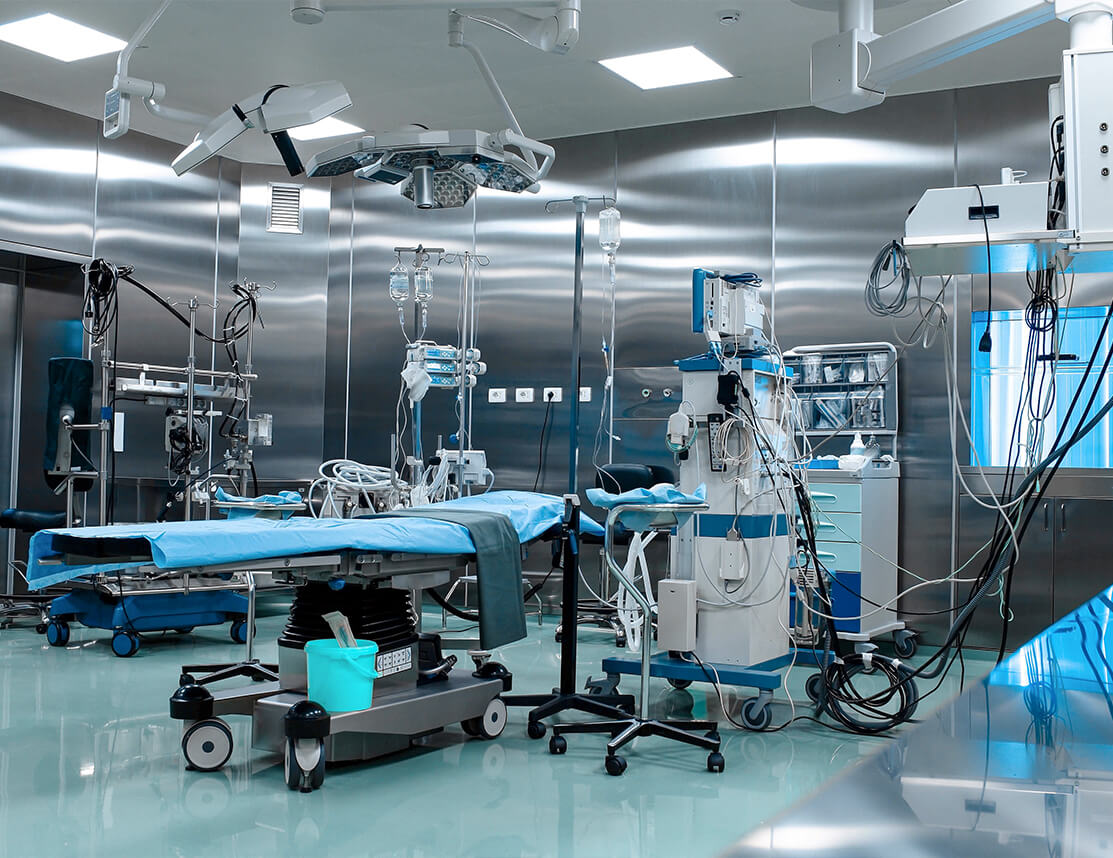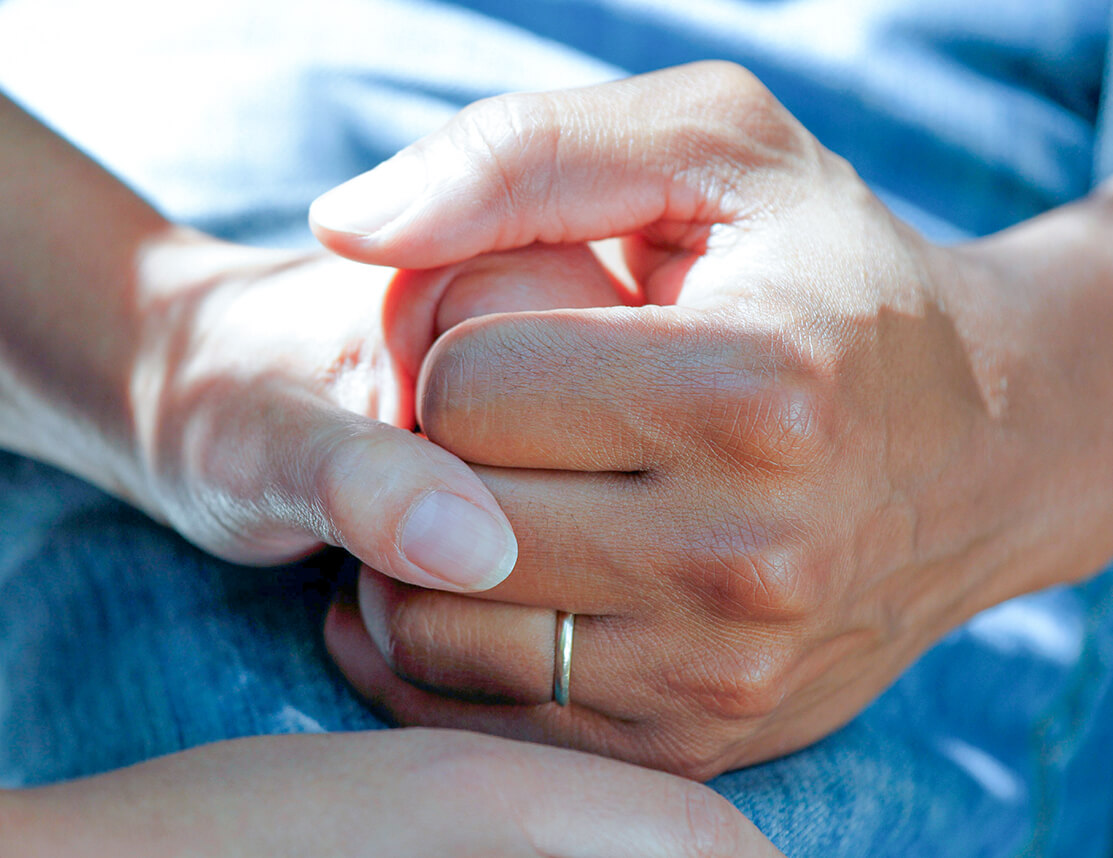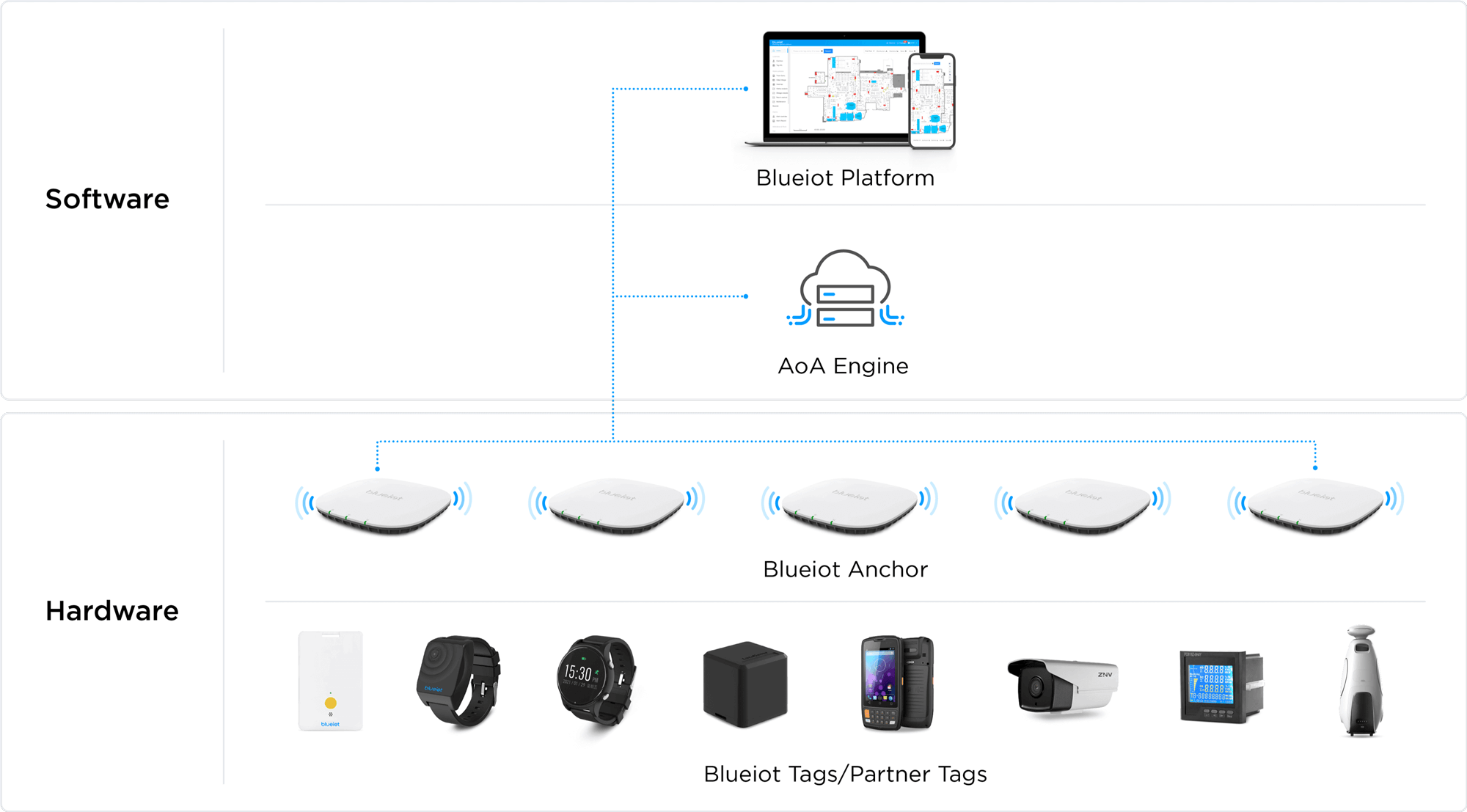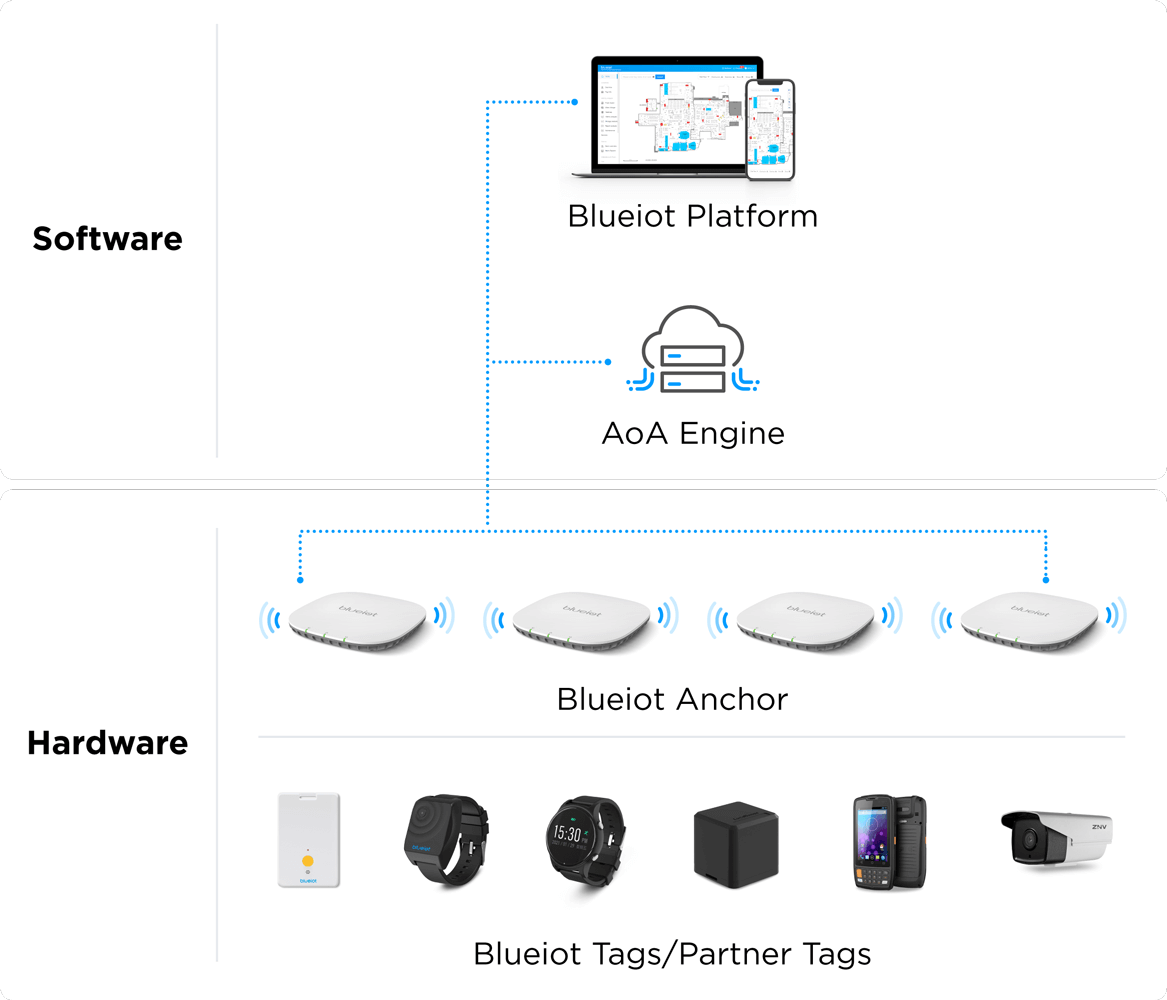



Gain real-time visibility of the location, movement and status quo of patients, staff, medical devices, and valuable medical equipment to improve clinical workflow, personnel safety and healthcare management efficiency with the Blueiot RTLS in healthcare system and platform.






Workflow Digitalization and Optimization
Increasing Equipment Availability
Medical Equipment Return on Investment Control
Boost HCAHPS Rating & Increase Hospital Revenue
Real-Time Location Tracking
Managing Mobile Assets
Medical Assets Anti-lost
Improve Asset Utilization & Security
Physical Signs Collection
Access Real-Time Usage Status of Medical Devices
Environment Monitoring & Control
Lowering HAI (Hospital Acquired Infection) Risks

ER Patient Triage and Care
Elderly Patient Care
Special Patient Management
Patient Roaming Monitoring
Patient Information Management
Patient Flow Tracking
Staff Duress Response
Clinical Workflow Promotion
Nurse Call Automation Emergency Response

Real-time monitoring of infant location with anti-dismantling tags prevents infant misidentification and infant loss, and detects infant status quo infant care.
Improve patient experience, reduce time consumption and anxiety and increase treatment efficiency through navigation.
Avoid non-standard hygiene events to improve patient and medical staff safety, and normalize and improve clinical workflows by automatic detection.
Monitor the temperature of the pharmacy, lab and ward and alert the expiry date of medicines.


When Blueiot AoA anchors are deployed based on the actual needs and the interior or outdoor architecture, and Blueiot or its partner tags are attached to people, vehicles or assets, data will be collected and sent to AoA engine for resolving, and then transformed into a visualized dynamic interface on Blueiot platforms.

The accuracy of BlueIoT real-time location system (RTLS) can stably reach 0.1~0.5m.

It takes just one AoA anchor to interconnect with 500 tags at most within 1 second.

An open ecology allows all kinds of BLE (Bluetooth Low Energy) devices to access.

The average battery life of BlueIoT Bluetooth AoA devices can last up to 5 years.

AoA-based RTLS solutions are fairly cost-effective compared with other location solutions.

BlueIoT tags are designed in a wearable and light-weighted way, even smaller than a coin.